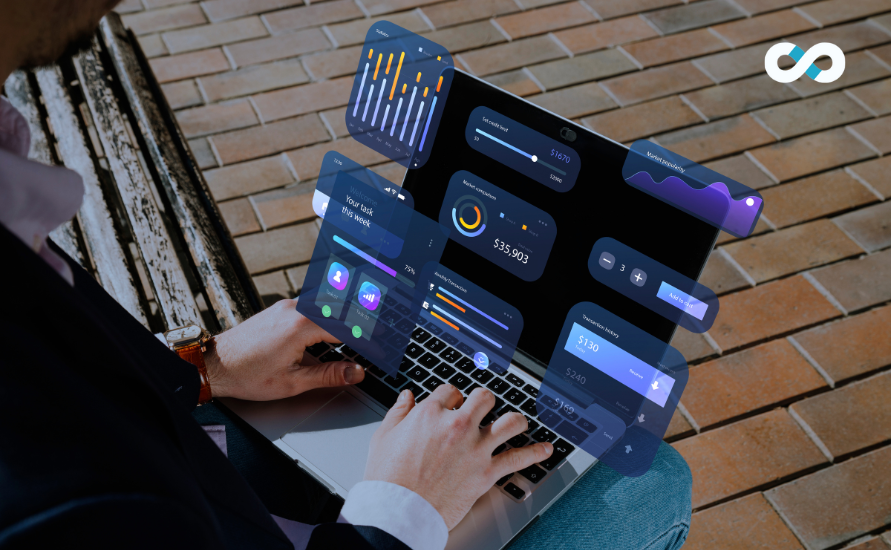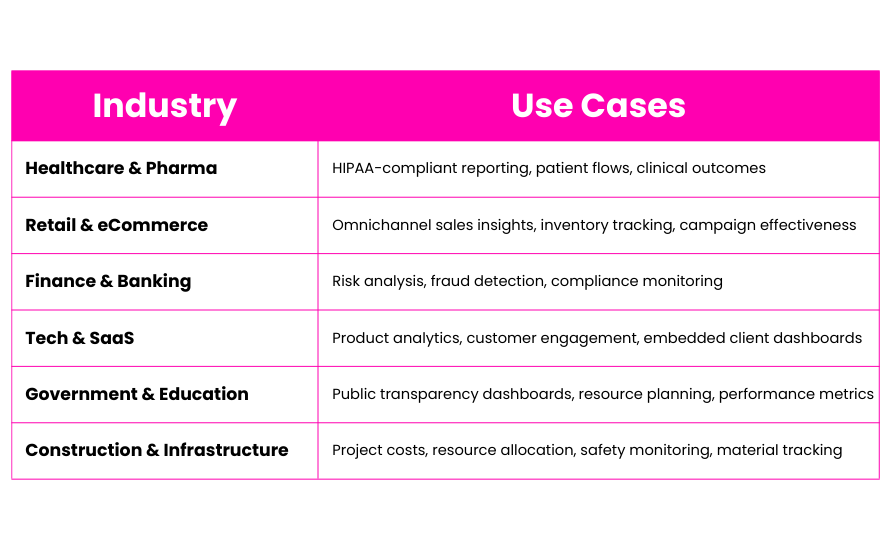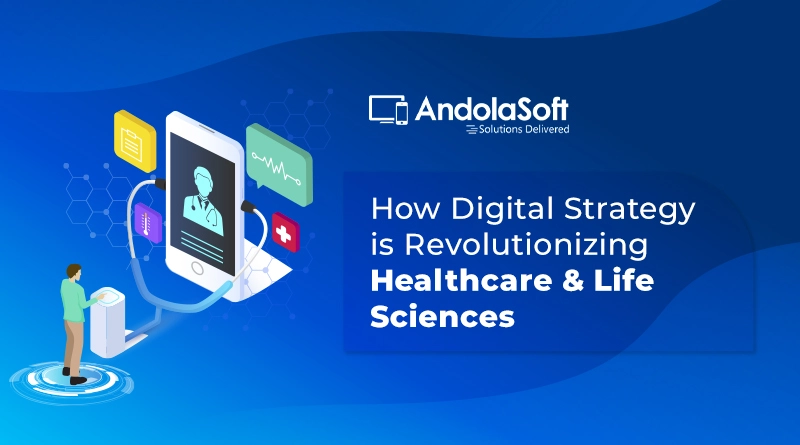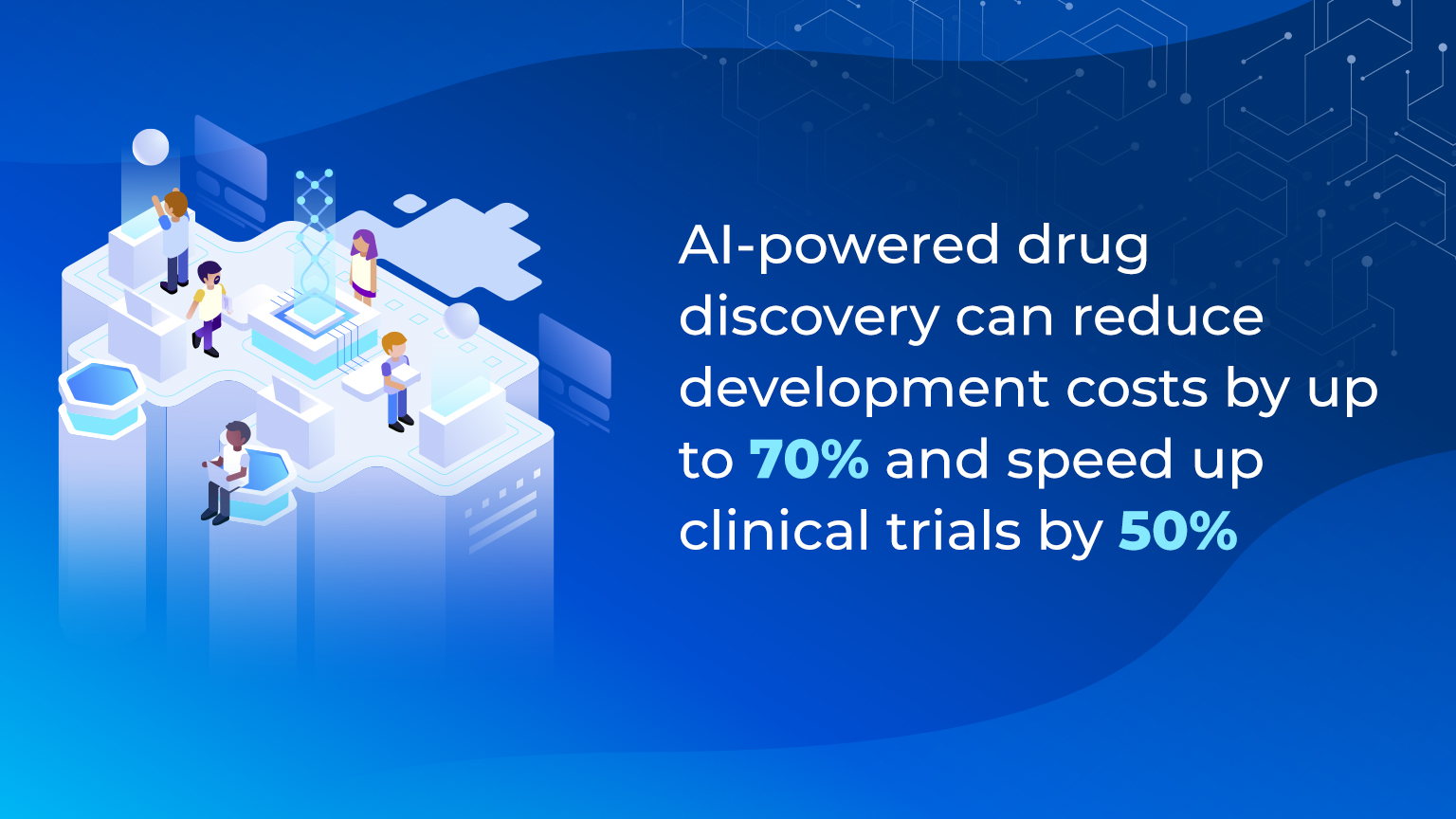Business Intelligence (BI) has become the cornerstone of modern decision-making. From dashboards and KPI tracking to real-time reporting and advanced analytics, companies rely on BI tools to make sense of their growing data landscape.
But not all BI platforms are created equal.
While many enterprises flock to popular commercial solutions like Tableau, Power BI, or Looker, Apache Superset—an open-source BI tool—is fast emerging as a compelling, cost-effective alternative. Why? Because it solves many of the pain points businesses face with traditional BI tools.
Let’s explore how Superset compares to other BI platforms, and more importantly, why it stands out.
Problem: High Licensing Costs
With Traditional BI Tools:
Commercial BI tools like Tableau or Power BI come with steep licensing fees that scale with users, servers, or features. This quickly becomes unsustainable for growing teams.
How Superset Solves It:
Apache Superset is 100% open source with zero licensing fees.
- No per-user charges
- No feature lock-ins
- No annual renewals
- You own the tool, and your budget stays intact.
Perfect for startups, SMBs, and large enterprises alike.
Problem: Vendor Lock-In
With Traditional BI Tools:
Most commercial tools force you to stay within their ecosystem—whether it’s connectors, cloud platforms, or proprietary scripting languages.
How Superset Solves It:
Superset offers vendor independence.
- Connects to 60+ SQL-based databases
- Integrates with any cloud (AWS, GCP, Azure)
- Fully customizable with Python and React
No more being boxed into a single vendor or tech stack. You stay in control.
Problem: Limited Real-Time Capabilities
With Traditional BI Tools:
Some tools require data extracts or scheduled refreshes, leading to stale insights. Teams react to yesterday’s data instead of today’s opportunities.
How Superset Solves It:
Superset supports live connections and auto-refresh dashboards.
- View real-time metrics without manual updates
- Monitor sales, user behavior, or ops in the moment
- Ideal for industries like SaaS, fintech, and logistics
It turns your dashboards into living, breathing decision engines.
Problem: Complex Onboarding & Steep Learning Curve
With Traditional BI Tools:
Some enterprise BI platforms have a high learning curve. Non-technical users struggle to build dashboards or need constant support from data teams.
How Superset Solves It:
Superset offers an intuitive, drag-and-drop dashboard builder.
- No need to write code for basic reports
- SQL Lab is available for power users and analysts
- Clean UI and guided workflows for faster onboarding
Outcome? Empower every team—from marketing to finance—to self-serve their analytics.
Problem: Lack of Customization
With Traditional BI Tools:
Want to add a new chart type? Embed dashboards in your SaaS app? Good luck. You’re often limited by what’s available out of the box.
How Superset Solves It:
Superset is fully customizable and developer-friendly.
- Create new visualization plugins
- Embed dashboards in internal portals or customer apps
- Build workflows around the API
Andolasoft’s Superset BI Services take this even further by delivering over 200 pre-built, customizable dashboards across business functions.
Problem: Scaling to Enterprise Needs
With Traditional BI Tools:
Many tools struggle under heavy data loads or concurrent usage. As your organization grows, performance often lags—unless you pay more.
How Superset Solves It:
Superset is built for scale.
- Handle millions of rows with async query execution
- Containerized deployment (Docker/Kubernetes)
- Role-based access control (RBAC) and LDAP/SSO integration
- Fine-grained security and multi-tenant support
Whether you’re serving five users or 5,000, Superset adapts without bottlenecks.
Problem: One-Size-Fits-All Visuals
With Traditional BI Tools:
You’re often limited to a set of default chart types that don’t always tell your data story effectively.
How Superset Solves It:
Superset supports advanced and custom visualizations.
- Heatmaps, treemaps, Sankey diagrams, funnel charts
- Custom D3 plugins
- Native geo and time-series support
Make your dashboards not just insightful but beautiful and impactful.
Final Thoughts
Apache Superset isn’t just another BI tool—it’s a paradigm shift in how businesses approach data analytics. It brings the flexibility of open source, the power of enterprise-grade performance, and the freedom to build BI your way.
While traditional tools are still popular, they often come with trade-offs: cost, complexity, vendor lock-in, and scalability issues. Superset breaks that mold—and redefines what’s possible with business intelligence.
Why Choose Superset BI Services by Andolasoft?
At Andolasoft, we take Apache Superset to the next level:
- Seamless cloud deployments with enterprise security
- 200+ ready-to-use dashboards for real-time insights
- End-to-end support from setup to scale
- Fully managed hosting or on-premise flexibility
Whether you’re new to Superset or ready to upgrade your analytics stack, our team can help you build a BI platform that works as hard as you do.
Ready to Experience the Superset Advantage?
- Book a free demo of our live Superset dashboards
- Talk to our experts about custom integrations
- Launch a secure, scalable Superset instance in days
Superset BI by Andolasoft — Open-source analytics, done right.







